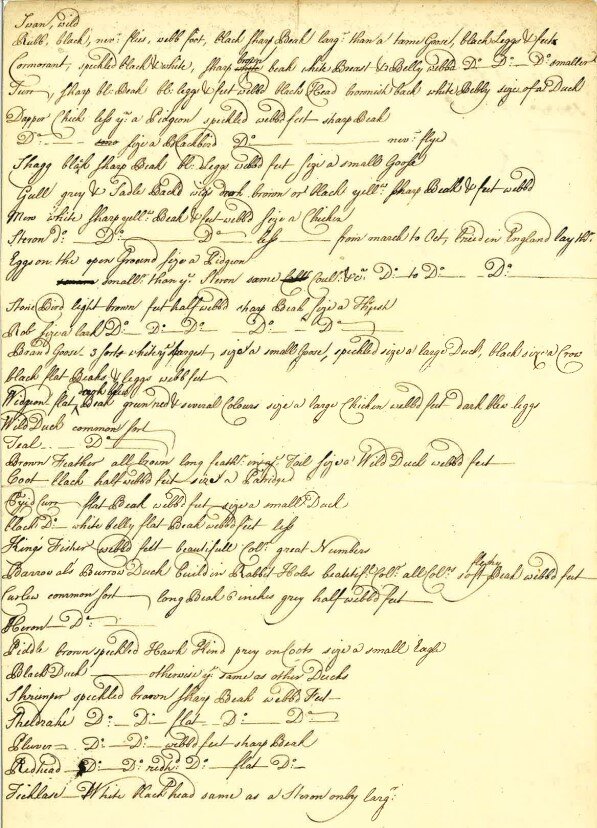Petit Tranchet Arrowhead
A sharp and specialist tool
From: Poole Museum
This flint arrowhead was made thousands of years ago and discovered during excavations on the former Moortown Aerodrome site in Canford Park. Normally the narrow end of the arrowhead is the business end but for the petit tranchet types it’s the wide and chisel-like end that does the damage to your target!


![Wildfowling in Poole/Poole History Centre] – A Poole Canoe in the harbour with its wildfowling piece in position](https://www.wessexmuseums.org.uk/wp-content/uploads/2023/12/arrowhead-3-1024x668.jpg)
